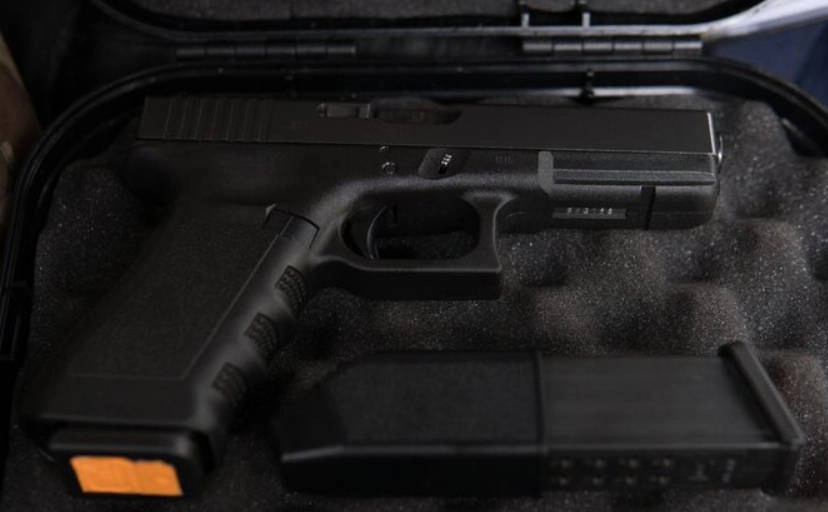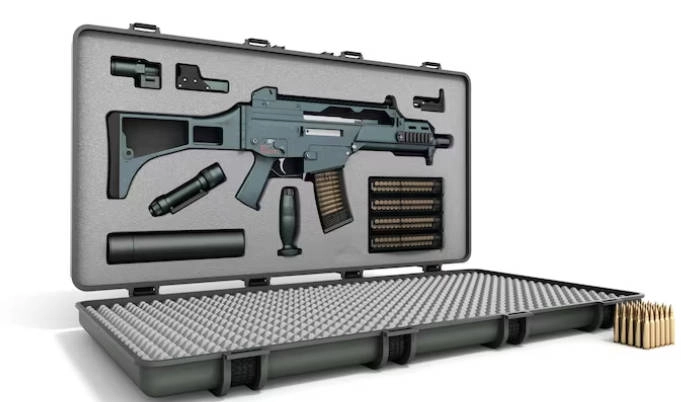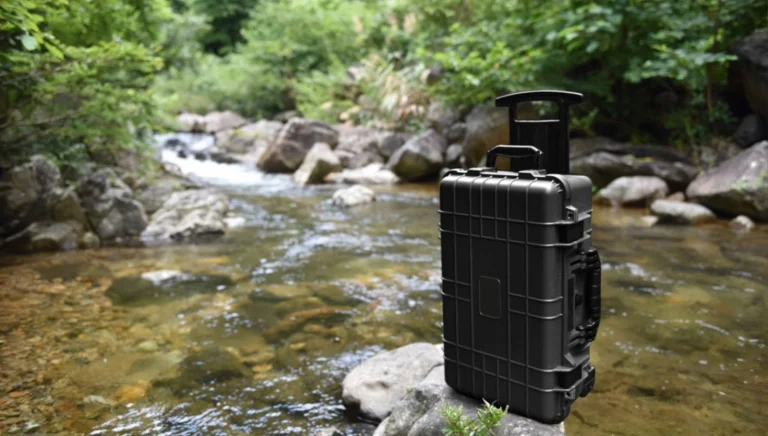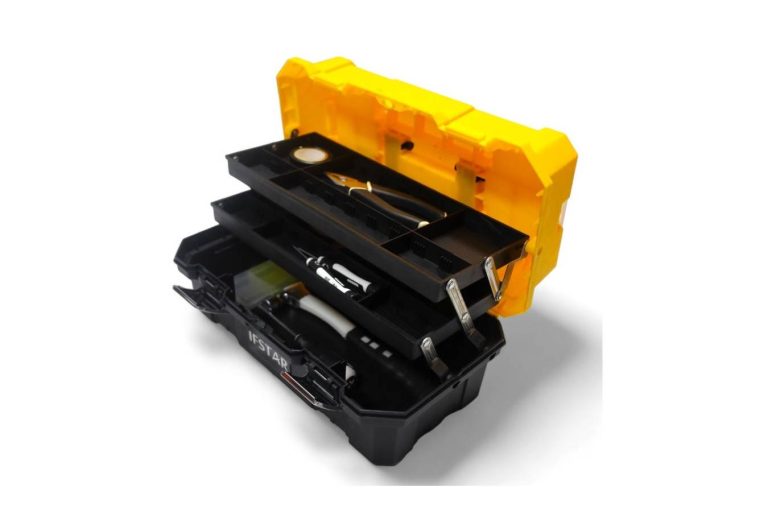Flying with guns means you have to follow TSA and airline rules very carefully. It’s all about safety and staying legal. Whether you’re going hunting or to a shooting match, you can’t skip these steps. The most important part? Using a solid hard-sided gun case.

TSA rules are clear. Firearms must be unloaded. They need to go inside a hard-sided container. The case has to be locked with your own locks – not the TSA ones. You declare it at the airline check-in counter. A good hard case does more than just follow the rules. It also keeps your gun safe from damage when baggage handlers get rough.
Why Protection and Security Matter on Planes
Air travel can be tough on gear. Bags get dropped. They get stacked heavy. Cabins pressurize and depressurize. Moisture can sneak in. A strong hard gun case handles all of that.
Hard cases are built for checked luggage. They resist crushing, bumps, and knocks in the cargo hold. Many have waterproof seals and tough shells that block dust and water. Your gun and gear stay dry and safe.
Most come with wheels, comfortable handles, and light-but-strong materials. That way you stay under airline size and weight limits while still rolling easy. We make huge numbers of these cases – small ones, big ones, presentation styles, shipping styles, you name it.
Key Features That Pass TSA and Airline Checks
A proper hard gun case needs these things to be fully approved:
- Tough hard sides made from materials like injection-molded plastic, aluminum, or composite polymers. Our cases use high-impact engineering plastic that’s injection-molded.
- Real locks you supply yourself. Multiple locking points. Never use TSA-approved locks for guns.
- Waterproof seals and automatic pressure valves. These keep everything safe when the plane climbs or descends.
- Reinforced corners, stainless steel parts, and thick foam inside. The foam is pre-cut and easy to customize for your gear.
- Total size and weight that fit normal airline checked-bag rules. Most rifle and shotgun cases work fine.
Hard Cases: The Only Kind Airlines and TSA Accept
Bottom line – hard cases are required. TSA says it plainly: firearms go in hard-sided containers only. Every major airline follows that rule. Show up with anything softer and they’ll turn you away.
These cases take serious abuse without failing. Wheels make them easy to move. Pressure valves handle altitude changes. Multiple locks keep things secure. Custom foam holds your firearm perfectly still.
Good old reliable hard plastic. We build custom protective cases both here and overseas. We use blow molding, injection molding, rotomolding, thermoforming, vacuum forming – whatever process gets the job done right.
Soft cases and hybrid cases almost always get rejected at the counter. Why risk it?

Soft Cases: They Simply Don’t Work for Flying
Soft gun bags are great for car trips to the range. They’re light and pack small. But for airplanes? No chance. They have no rigid structure. They can’t stop someone from getting inside or protect against heavy crushing.
Use soft cases only when you’re driving or going somewhere the airline rules don’t apply.
Hybrid Cases: Better Than Soft, Still Not Enough
Hybrid cases have some stiff parts and better padding. They’re an improvement over plain soft bags. But they still aren’t truly hard-sided. Acceptance depends on the person at the counter that day. Some airlines say yes, many say no.
When you’re carrying an expensive gun, why gamble? Stick with a real hard case and remove all doubt.
Getting the Right Fit Without Breaking Rules
Pick a case that actually fits your gun. Measure everything – the gun itself, scopes, magazines, chokes, whatever you’re bringing. Leave a little room but don’t over-pack.
Custom foam keeps things from shifting. Our cases come with pre-cut foam you can tweak yourself. Stay under the airline weight limit (usually 50 lbs) so you avoid extra fees and extra screening.

If you ever fly with a firearm, get yourself a quality hard protective gun case. It’s the only way to meet TSA and airline rules and know your gun will arrive in perfect shape.
We’ve got you covered no matter what you need – carrying cases, shipping cases, waterproof cases, rackmount, camera cases, flight cases – hundreds of styles, sizes, and materials.
IFSTAR Cases builds heavy-duty solutions made exactly for safe gun transport by air. Watertight, crushproof, strong locks, custom interiors – everything the rules demand and more.
Always double-check the latest TSA guidelines and your airline’s policy before you head to the airport. Rules can change, and being prepared means smooth travel.
FAQ
Q: What exactly does TSA require for gun cases on planes?
A: Guns must be unloaded, packed in a hard-sided case, and locked with your own non-TSA locks. Soft and hybrid cases don’t count.
Q: Will the airline turn me away if I bring a soft or hybrid case?
A: Almost always, yes. Soft/hybrid cases often get rejected or delayed at security—they don’t fully prevent short-circuit or damage. Hard plastic cases pass almost always, no hassle.
Q: Why are non-TSA locks required for my firearm case?
A: For firearms, you must use your own locks so that only you have the key/combination. TSA-approved locks are only for regular baggage and are not allowed for firearms security.
Q: What material features should I look for in a protective gun case?
A: Look for durable materials like injection-molded plastic or composite polymers, waterproof seals, pressure valves, and custom-cut interior foam for maximum protection during air travel.




